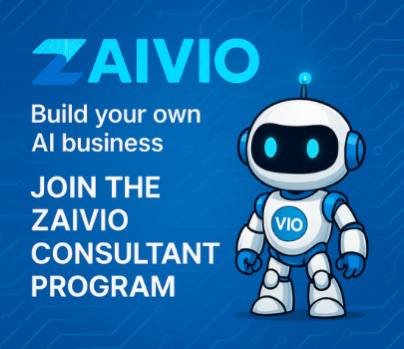How Former Athletes Are Using AI to Shape Their Careers Post-Sports
Transitioning from professional athletics to a new career can be daunting for many athletes. However, advancements in artificial intelligence (AI) are providing unprecedented support for athletes looking to navigate their post-sport career transitions. This article explores the various AI tools and platforms that former athletes are using to redefine their professional lives, the impact of these technologies, and how they can serve as a blueprint for future transitions.
AI Tools and Platforms Assisting Athletes
Athletes transitioning out of sports are increasingly turning to AI for guidance and support. Here are some of the key AI technologies and platforms they are using:
- Career Counseling AI: AI-driven platforms like CareerMatch use algorithms to suggest career paths that align with an athlete’s skills and interests, previously honed in their sporting careers.
- Learning and Development: AI educational platforms, such as Udacity and Coursera, offer personalized learning recommendations, adapting to an individual’s learning pace and style, which is crucial for athletes accustomed to customized coaching.
- Networking AI: Tools like LinkedIn’s AI-powered networking features help athletes connect with industry professionals in fields of their interest, facilitating smoother career transitions through valuable connections and opportunities.
- Virtual Reality (VR) Training: VR platforms powered by AI simulate real-world scenarios in various professions, allowing athletes to gain practical experience in different fields before making a career switch.
Facilitation of New Career Opportunities
The integration of AI into the career transition processes helps former athletes in several significant ways:
- Identifying Transferable Skills: AI algorithms analyze an athlete’s skills, both soft and hard, to identify how these can be transferred to different roles or industries.
- Enhanced Learning: AI’s adaptive learning systems allow athletes to learn at their own pace, accommodating the often-busy schedules of professional athletes engaging in training and competition.
- Expanding Professional Networks: AI-driven networking tools suggest and introduce athletes to key industry players, fostering relationships that could lead to job opportunities.
- Personal Branding: AI tools also assist in personal branding by helping athletes to build professional online profiles that attract the right kind of attention from potential employers or collaborators.
Impact on Professional Development
The adoption of AI tools has had a profound impact on the professional development of athletes post-sports. These technologies not only provide new learning and employment opportunities but also help in the psychological transition from being an athlete to entering a new professional realm. By leveraging AI, former athletes can reduce the uncertainty and anxiety associated with career change, making the transition smoother and more successful.
Conclusion
The use of AI technology in aiding athletes’ transition into new careers is proving to be both innovative and effective. As AI continues to evolve, its role in career development is likely to expand, offering even more support and opportunities for athletes looking to redefine their professional identities post-sports. For those nearing the end of their athletic careers, embracing these AI tools and platforms could be the key to a successful and fulfilling second career.









